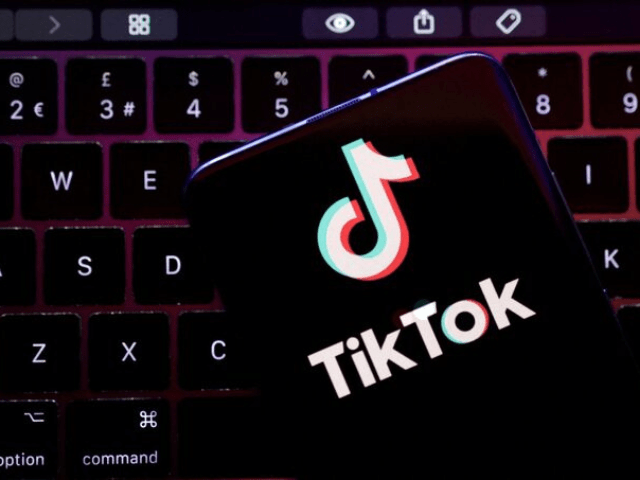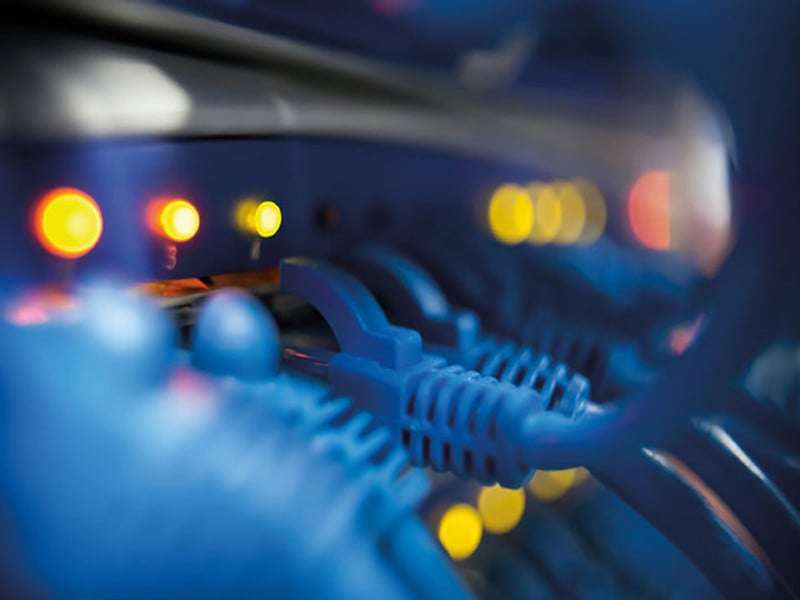Introduction: Smartphones have evolved significantly over the past few years, with one of the most notable changes being the integration of an increasing number of sensors. These sensors range from basic motion detectors to more sophisticated tools like LiDAR (Light Detection and Ranging) systems and environmental sensors. This technological shift has raised an important question: are these smartphone sensors truly essential for improving user experience, or are they just flashy add-ons created to make the devices seem more advanced? In this article, we’ll dive deep into the role of smartphone sensors, examine their necessity, and explore whether they serve a practical purpose or are simply marketing gimmicks.
Overview of Common Smartphone Sensors
Modern smartphones are equipped with a wide variety of sensors that contribute to their functionality and enhance the user experience. These sensors allow for everything from health monitoring to improving navigation, gaming, and photography. Let’s look at some of the most common smartphone sensors:
Accelerometer:
An accelerometer tracks motion and orientation, which enables features such as step counting, screen rotation, and gesture-based controls. It’s essential for basic functions like screen auto-rotation and fitness tracking.
Gyroscope:
Working alongside the accelerometer, a gyroscope provides more precise motion tracking, especially for immersive activities like gaming, virtual reality (VR), and augmented reality (AR).
Proximity Sensor:
This sensor detects the presence of objects near the phone, turning off the screen during calls to prevent accidental touches and conserve battery life.
Ambient Light Sensor:
It automatically adjusts the screen brightness based on the surrounding light conditions, optimizing visibility and reducing eye strain.
Barometer:
A barometer measures atmospheric pressure, which helps improve GPS accuracy and allows for better elevation tracking in fitness and navigation apps.
Magnetometer (Compass):
It helps in determining direction, enabling more accurate navigation in map applications and enhancing AR experiences.
Fingerprint Scanner and Face ID Sensors:
These sensors are crucial for biometric security, providing a quick and reliable way to unlock your phone and access sensitive information.
Heart Rate and SpO2 Sensors:
These sensors are increasingly used in health and fitness tracking applications to monitor heart rate and oxygen saturation (SpO2), helping users maintain a healthier lifestyle.
LiDAR and Depth Sensors:
LiDAR sensors can map out distances with high precision, facilitating advanced photography and AR applications, as well as improving spatial awareness for certain tasks.
Infrared Sensors:
These sensors are used for remote control functions and enhancing facial recognition, especially in low-light environments.
Thermometers and Hygrometers:
Though less common, these sensors measure temperature and humidity, providing useful data in specialized applications like weather apps or environmental monitoring.
Ultrasound Sensors:
These are used in gesture control systems, allowing users to interact with their devices without physically touching the screen.
Smartphone Sensors as Essential Features
As smartphones continue to evolve, sensors have become indispensable in enhancing overall user experience. Let’s examine how these sensors add value:
Enhancing User Experience
The integration of sensors has made smartphones smarter and more intuitive. Sensors like accelerometers, gyroscopes, and proximity sensors allow users to enjoy seamless, hands-free interactions. For example, the accelerometer enables step counting, screen rotation, and motion-based controls in games, which adds to the entertainment value of smartphones. Similarly, health-focused sensors like heart rate monitors integrated into devices like Apple Watch or Samsung Galaxy help users stay informed about their fitness levels.
In a 2023 survey by Consumer Insights, it was found that nearly 80% of users rely on features such as auto-brightness, powered by ambient light sensors, to adjust screen settings based on their surroundings. Additionally, over 65% of smartphone users use fitness-related sensors, such as heart rate monitors, regularly. This proves that sensors play a significant role in making smartphones versatile tools.
Impact on Key Features
Smartphone sensors have also had a major impact on critical features like security and health. Fingerprint scanners and Face ID systems are now standard in most devices. These sensors provide reliable, fast biometric authentication, which is essential for securing sensitive data. For example, Google Pixel 8 sets a benchmark by integrating advanced sensors to not only improve security but also enhance photography by enabling motion blur detection in photos.
Sensors such as barometers and LiDAR sensors, though niche, are seeing increased use in specialized apps. Barometers improve GPS accuracy, particularly in hiking and outdoor apps, while LiDAR is transforming AR applications by enabling detailed 3D mapping and real-time visualization. These sensors are vital for enhancing not just everyday functionality but also the versatility of apps.
Convenience and Efficiency
Smartphone sensors also improve convenience. For example, proximity sensors automatically turn off the screen during calls to prevent accidental touches, while ambient light sensors adjust brightness based on the surrounding environment, enhancing battery life and reducing eye strain. GPS sensors guide users seamlessly through navigation apps, while accelerometers ensure smooth screen rotation and more efficient orientation adjustments.
These features make smartphones user-friendly, meeting the needs of the average consumer while simplifying tasks such as navigation, health tracking, and secure authentication.
The Case Against Smartphone Sensors: Are They Just Extra Features?
Despite their advantages, some critics argue that smartphone sensors may be more about marketing than practicality. Let’s explore some concerns.
Over-Saturation of Features
Some smartphone manufacturers seem to overload their devices with sensors that most users will never use. For instance, barometers, thermometers, and advanced sensors like LiDAR may appeal to specific audiences but don’t offer substantial value for the average consumer. Critics argue that such features only add unnecessary complexity and inflate the cost of the device without significantly enhancing its usefulness.
Underutilized Sensors
Not all sensors are used to their full potential. Advanced sensors like gyroscopes and LiDAR are technically impressive, but they remain underutilized in many apps. Most users may never engage with these features, making them feel redundant.
Battery and Power Concerns
Many sensors, especially GPS tracking and health monitoring sensors, require constant operation, draining the battery life of devices. Continuous background activity monitoring can lead to decreased efficiency and a suboptimal user experience for those who prioritize battery longevity.
Reliability and Accuracy
Sensors can sometimes be inaccurate or unreliable. Issues like incorrect brightness adjustments or faulty fingerprint recognition can lead to frustration. These malfunctions question the dependability of sensor-driven features, making some users skeptical about their true value.
Are Sensors Really Important to the Average User?
While advanced sensors may offer significant benefits to tech enthusiasts and professionals, how do they impact the average user?
Tech-Savvy vs. Regular Users
Tech enthusiasts and professionals in fields like gaming, health, and photography often benefit from advanced sensors. For instance, fitness app users regularly depend on accelerometers and heart rate sensors for tracking their physical activity. Similarly, AR enthusiasts leverage LiDAR to enhance gaming and immersive experiences. However, the majority of regular users typically only benefit from basic sensors like GPS, ambient light sensors, and fingerprint scanners.
According to a 2023 Statista survey, 58% of fitness app users actively use heart rate monitors and accelerometers. However, in a 2024 Pew Research Center study, 65% of smartphone users report interacting with sensors primarily through navigation apps or call management features, highlighting the difference in usage between tech-savvy individuals and everyday users.
Practical Use Cases
For most people, smartphone sensors are useful for simple, everyday tasks. GPS sensors help in real-time navigation through apps like Google Maps, while accelerometers track steps and workouts. Proximity sensors ensure that the screen turns off during calls, preventing accidental touches.
Advanced sensors like LiDAR and depth sensors, used for AR games and spatial mapping, appeal to smaller, niche user groups, but are rarely essential for day-to-day smartphone use. Similarly, features like barometric pressure tracking may be useful for hikers or weather enthusiasts but hold little relevance for the average user.
Conclusion
In conclusion, smartphone sensors undeniably play a critical role in enhancing the user experience by improving functionality in areas such as navigation, security, health, and convenience. However, not all sensors are essential for every user. While advanced sensors like LiDAR and barometers have specific applications, they often serve more as niche features than essential components for the average consumer.
As smartphone manufacturers continue to innovate, the challenge will be to ensure that sensors remain practical, efficient, and reliable without becoming overly complex or draining the device’s battery. Ultimately, sensors that solve real-world problems will continue to shape the smartphone experience, while others may fade into the background as optional add-ons.
FAQs
- Do all smartphones have the same sensors?
- No, not all smartphones have the same sensors. Some high-end models feature advanced sensors like LiDAR and barometers, while mid-range and budget phones may only have basic sensors such as accelerometers and fingerprint scanners.
- What is the most important sensor in a smartphone?
- The most important sensor in a smartphone depends on the user’s needs, but commonly used sensors include the accelerometer, GPS, and fingerprint scanner for everyday tasks like navigation, fitness tracking, and security.
- Can smartphone sensors drain battery life?
- Yes, sensors such as GPS, health tracking, and always-on features can drain battery life, especially if they are constantly running in the background.
- Are LiDAR and depth sensors useful for regular users?
- LiDAR and depth sensors are mostly useful for specific applications like augmented reality and professional photography. For the average user, they may not be essential.
- Do sensors improve the security of smartphones?
- Yes, biometric sensors like fingerprint scanners and facial recognition technology enhance smartphone security by providing quick and reliable ways to unlock devices and access sensitive information
ALSO READ



